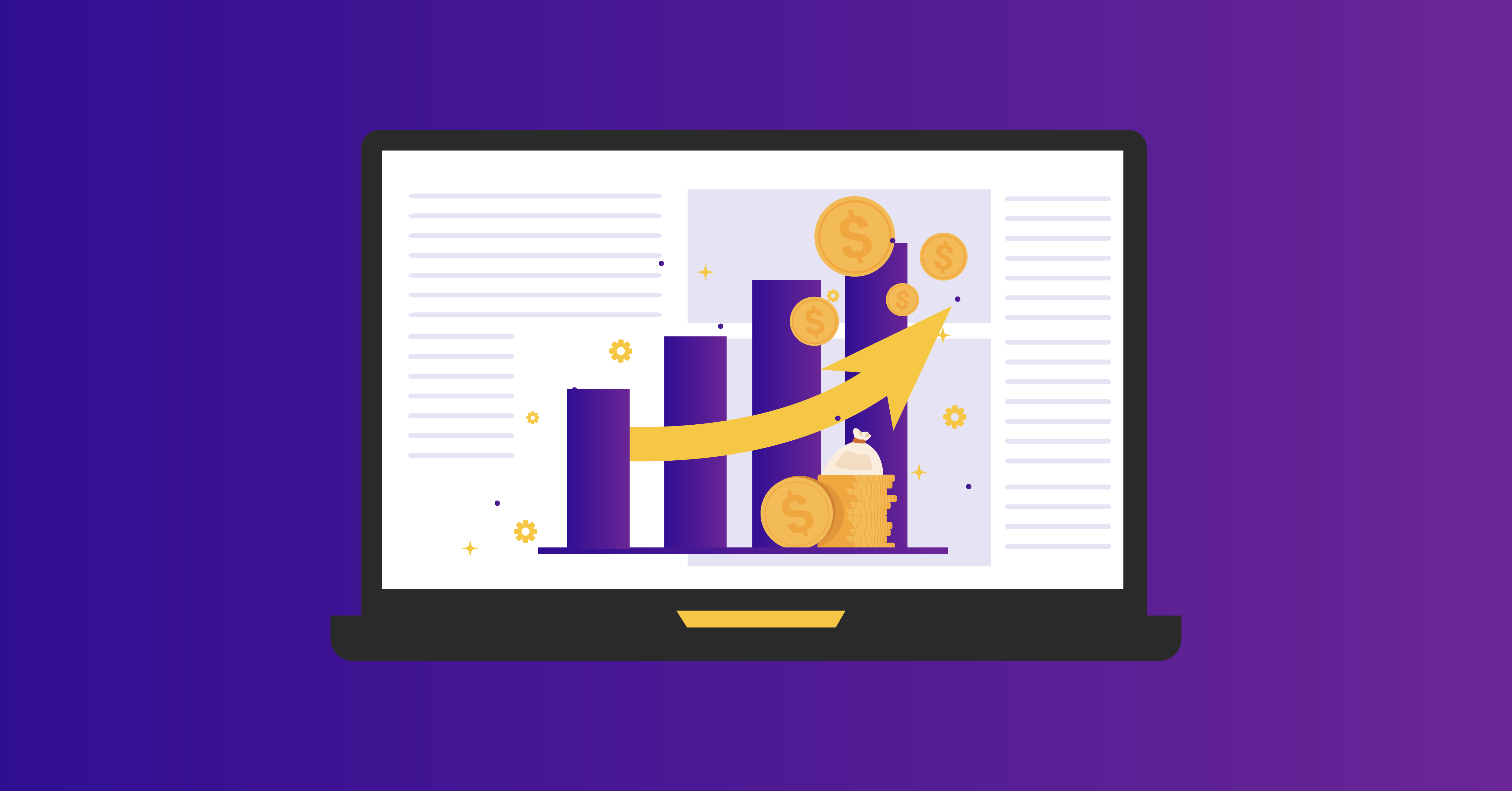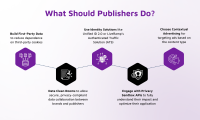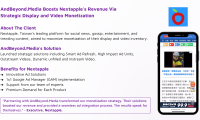6 Ways To Take Website Monetization to The Next Level
The proliferation of competing websites, ad fatigue, and ad blockers have significantly impacted the efficacy of website monetization. Plus, advertisers are more discerning than ever with their advertising choices. But here’s an upside, these factors have also inspired publishers and content creators to innovate and seek out new ways to create value for their audience, resulting in a more dynamic and vibrant digital ecosystem.
These ad spend statistics indicate that the rise in programmatic advertising and innovative ad formats make website monetization a sustainable source of income for publishers who unlock the value of content creation and leverage their website traffic. In the face of current ad tech challenges, here’s how content creators can take website monetization to the next level.
- Enhance SEO (Search Engine Optimization)
The more traffic a website receives, the more opportunities there are to monetize that traffic through various channels like advertising, affiliate marketing, or sponsored content. And the key to generating high traffic is SEO. When users search for a keyword or phrase on a search engine like Google, the search engine will present them with relevant results.
By adhering to SEO guidelines, publishers can optimize their websites for search engines, which can increase their visibility in search engine results pages (SERPs) and attract more users to their sites. This can serve as a valuable introduction point between the user and the publisher, potentially leading to increased engagement, loyalty, and revenue for the publisher.
- Partner with ad networks
Collaborating with multiple top ad networks is a smart strategy for publishers to increase competition on their ad inventories and gain access to premium demand sources. With ad networks that provide top-notch advanced solutions, AI technology, various advertising models, and innovative ad formats, publishers have a vast scope for experimentation and find what works best for them, ultimately leading to increased revenue generation.
AndBeyond.Media is one of the top-performing ad networks that serve all the requirements of publishers. Their team of Google Ad Manager experts, a variety of interactive ad formats such as audio, video, instream, and outstream, innovative technology, and sophisticated algorithms ensure that publishers receive the best possible returns on their advertising investments.
- Consider affiliate marketing
Affiliate marketing is one of the top monetization strategies for publishers in 2023. It is a versatile strategy that offers publishers a multitude of benefits. It can help publishers build trust with their audience by promoting products or services that align with their website’s niche and target audience. By doing so, publishers can enhance their reputation and credibility, ultimately driving more traffic and revenue to their websites.
Affiliate marketing is a lucrative revenue stream for publishers, as it involves earning a commission for every sale generated through their affiliate links. This passive income source is highly attractive to publishers, providing them with a low-risk opportunity to earn high returns. This diversification can help mitigate any fluctuations in ad revenue, ensuring a more stable income stream.
- Diversify digital content
Diversifying content and creating various digital properties is a smart strategy for publishers seeking to maximize their website’s monetization potential. By expanding their offerings beyond traditional advertising, publishers can create multiple revenue streams, provide added value to their audience, and establish a more sustainable business model.
One effective way to diversify content is by offering various digital resources for sale, such as ebooks, printables, courses, apps, software, and digital tools that align with their niche and target audience. These resources offer attractive benefits as they can be created once and sold multiple times, providing a passive income stream for publishers. Moreover, offering such resources helps to maintain audience engagement and interest, leading to higher traffic and increased revenue generation.
- Build a paywall
Publishers can build a walled garden or a paywall to monetize their high-quality content. This approach allows them to offer exclusive content to an audience that is willing to pay for it, enabling them to tap into subscription and membership models. However, to succeed, publishers must produce exceptional content that justifies a subscription fee.
In light of the impending depreciation of third-party cookies, creating premium content can be an intelligent strategy for publishers to generate first-party data. This data is incredibly valuable for contextual advertising and can help publishers to maintain their revenue streams even without the cookies.
Additionally, a walled garden approach can provide publishers with valuable insights into their audience’s preferences and behavior, allowing them to refine their content and pricing strategies. Ultimately, this strategy can be a lucrative revenue source for publishers with unique and high-quality content.
- Utilize native advertisement
Utilizing native ad formats can be a win-win situation for both publishers and advertisers, as they offer a more engaging and relevant ad experience for the audience, while also providing additional revenue opportunities for publishers. Native ads often have a higher level of relevance to the audience, as they are designed to match the look and feel of the publisher’s content. This can help to improve the overall user experience and increase the chances of the audience interacting with the ad.
Since native ads blend in seamlessly with the publisher’s content, they are less disruptive and more engaging for the audience. This can help publishers to achieve higher click-through rates and conversion rates, leading to maximized revenue. Furthermore, native ads can provide an additional revenue stream for publishers, as they often command higher rates than traditional display ads.
Optimizing and diversifying a website are key components in developing a successful website monetization strategy. They enable publishers and content creators to scale beyond economic challenges as well as the continuously evolving ad tech industry. By implementing the above website monetization strategies and creating high-quality content, publishers can effectively adapt to changing consumer behavior and overcome any potential obstacles. This approach helps ensure long-term success for publishers in the ever-evolving digital landscape.




Leave a Reply